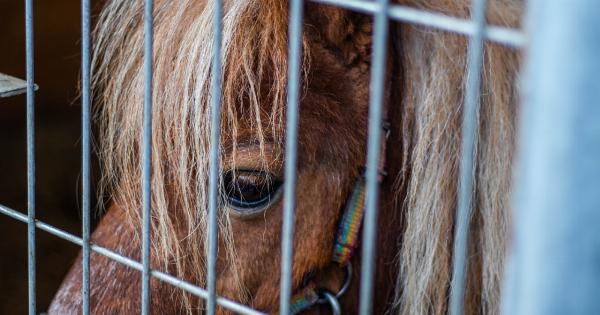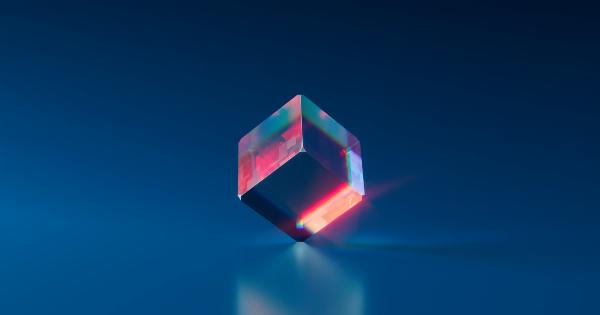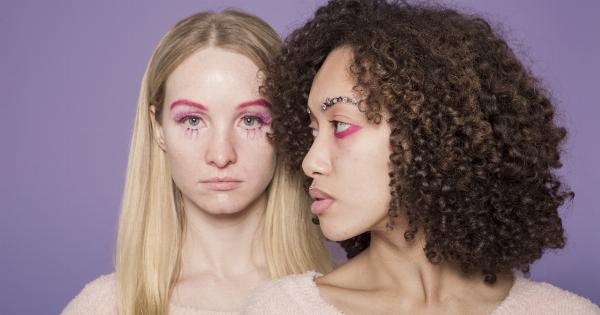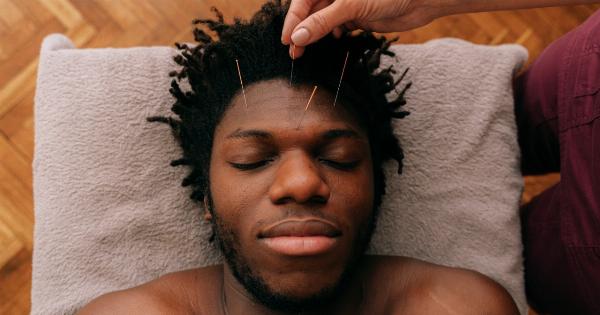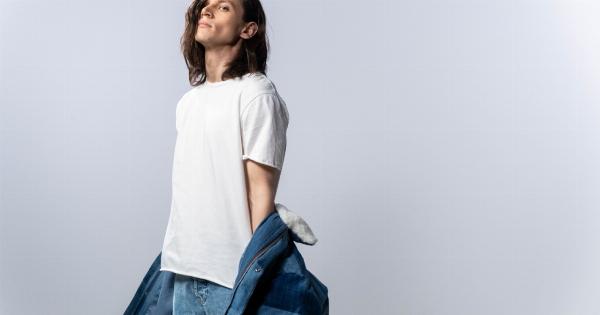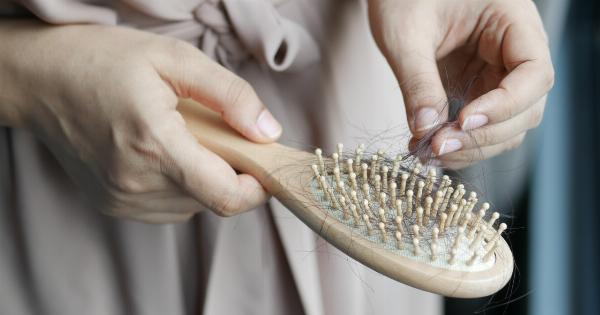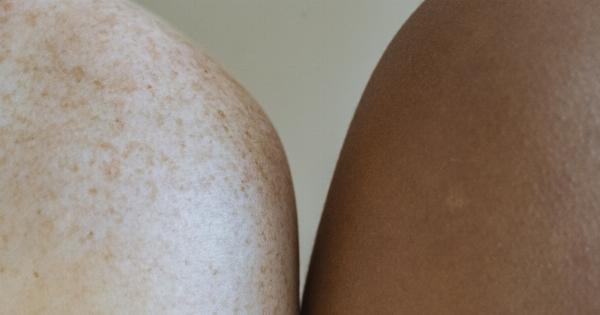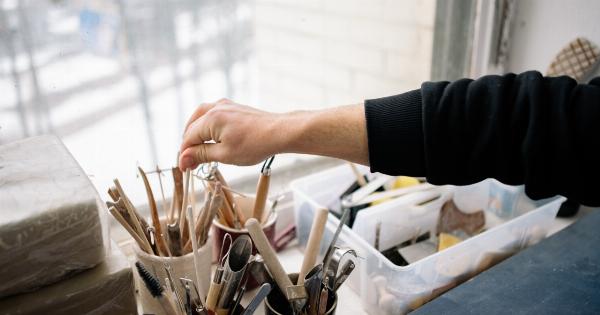Facial hair is a natural part of human biology, both for men and women. While men typically grow more facial hair than women, it is not unusual for women to have facial hair as well, especially in areas such as the chin.
While facial hair can be a frustrating issue for women, it is important to understand why facial hair grows in order to find the best solutions for managing it. In this article, we will explore the reasons why unwanted facial hair grows on the chin, and provide some tips for managing it.
What Causes Unwanted Facial Hair?
There are several factors that can contribute to unwanted facial hair growth, including genetics, hormonal imbalances, and certain medications. Here are some of the most common causes:.
Genetics
The amount and pattern of hair growth on your body is largely determined by your genes. If your family has a history of excessive or unwanted facial hair growth, you may be more likely to experience it yourself.
While you cannot change your genetics, understanding them can help you better manage unwanted hair growth.
Hormonal Imbalances
Hormonal imbalances are a common cause of unwanted facial hair growth in women. High levels of androgens (male hormones) can cause hair to grow in places where it is not typically found, such as the chin or upper lip.
This can be caused by conditions such as polycystic ovarian syndrome (PCOS) or adrenal gland disorders. Hormonal imbalances can also occur during menopause and perimenopause, when estrogen levels decrease and androgen levels increase.
Medications
Some medications, such as steroids and certain hormone treatments, can cause unwanted hair growth as a side effect.
If you are experiencing excessive facial hair growth and are taking medication, be sure to talk to your doctor to determine if the medication is the cause of your symptoms.
What Can You Do About Unwanted Chin Hair?
While unwanted chin hair can be frustrating for many women, there are steps you can take to manage it. Here are some tips:.
1. Tweezing or Threading
Tweezing or threading are both effective methods for removing unwanted facial hair. While they can be time-consuming and painful, they are a good option for small areas like the chin.
Be sure to sanitize your tweezers or threading tools before use to prevent infection.
2. Waxing
Waxing is another option for removing unwanted chin hair. Waxing can be more efficient than tweezing, but it can also be more painful. If you choose to wax, be sure to follow the instructions carefully to avoid skin irritation or burns.
3. Shaving
Shaving may seem like a quick and easy solution for unwanted facial hair, but it can also be very damaging to the skin. Shaving can cause razor burn, ingrown hairs, and other types of irritation.
If you choose to shave, use a gentle shaving cream or gel and be sure to replace your razor frequently to avoid infection.
4. Laser Hair Removal
Laser hair removal is a more permanent solution for unwanted chin hair. This process works by using a laser to heat up and destroy the hair follicle, preventing the hair from growing back.
While laser hair removal can be expensive, it is also a very effective method for managing unwanted facial hair.
5. Prescription Creams
For women with hormonal imbalances, prescription creams such as Vaniqa may be a good option for managing unwanted facial hair. Vaniqa works by inhibiting a specific enzyme that is responsible for hair growth.
While it is not a permanent solution, it can be very effective at reducing the amount of hair growth on the chin and other facial areas.
Conclusion
Unwanted facial hair on the chin can be a frustrating issue for many women, but it is important to remember that there are many ways to manage it.
Whether through at-home remedies or more permanent methods such as laser hair removal, there are options available to help you feel more confident and comfortable in your own skin.

